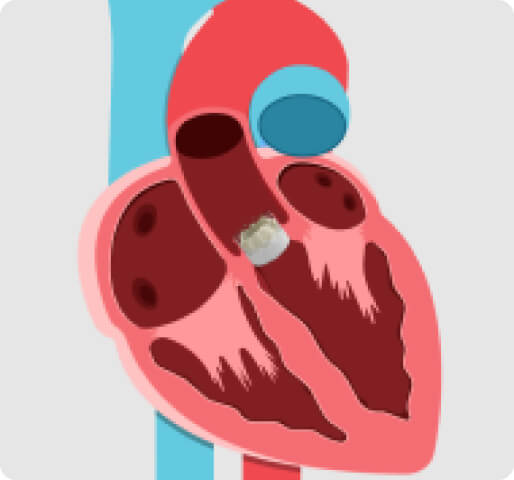
Conduct a CT scan to assess which procedure is right for you.7

Conduct a CT scan to assess which procedure is right for you.7

Recommend a dental check-up to reduce the chance of infections.1

Suggest diet modifications or changes to your regular medication regimen.2

Ask you if you are allergic to any drugs.3
Your TAVI/TAVR procedure will be performed in an operating room at a hospital.

A small incision will be made on your upper leg* to insert a thin tube which can reach your heart.
*TAVI can be performed through other approaches as well.

The new valve will be placed inside the tube with an expandable balloon at the end (balloon-expandable valve), and pushed towards your aortic valve.

Once the tube reaches your aortic valve, the balloon will be expanded and the new valve will be put into place.

Your doctor will make sure your new valve is working properly before closing the incision on your leg.

Join our mailing list to stay informed about heart valve disease, aortic stenosis, and its treatment options including transcatheter aortic valve implantation (TAVI)

Other therapies or treatment options may be available and you should discuss any educational information you access online with your healthcare professional. Appropriate treatment for individuals is a matter for healthcare professionals to decide in consultation with each individual.